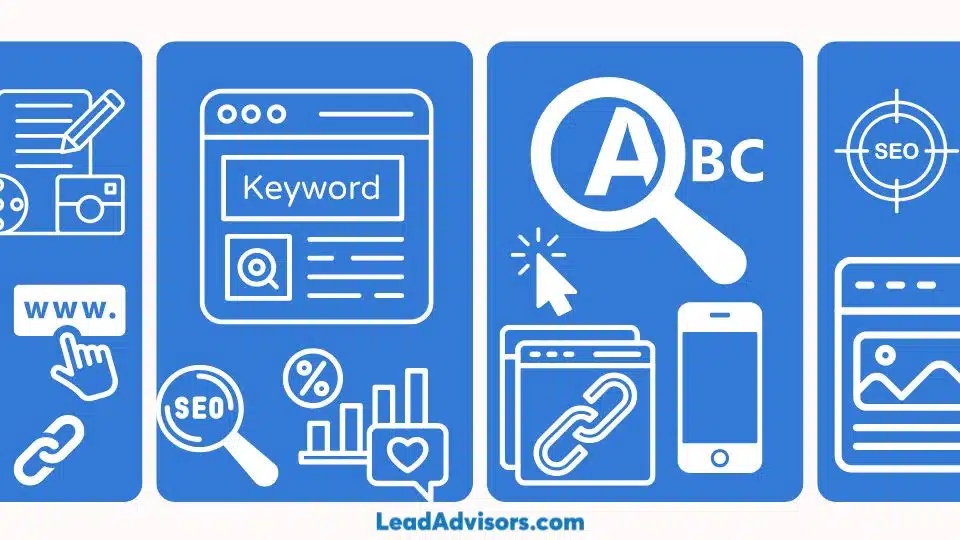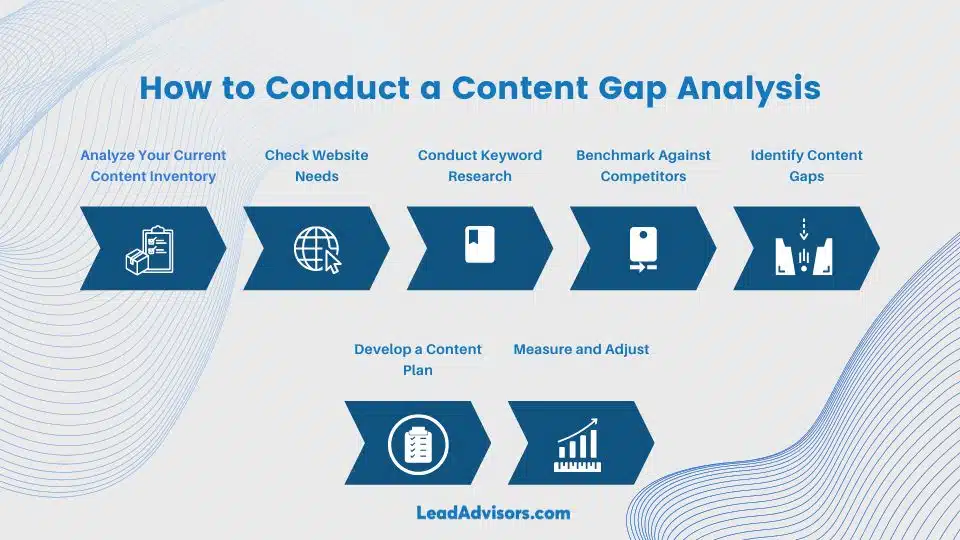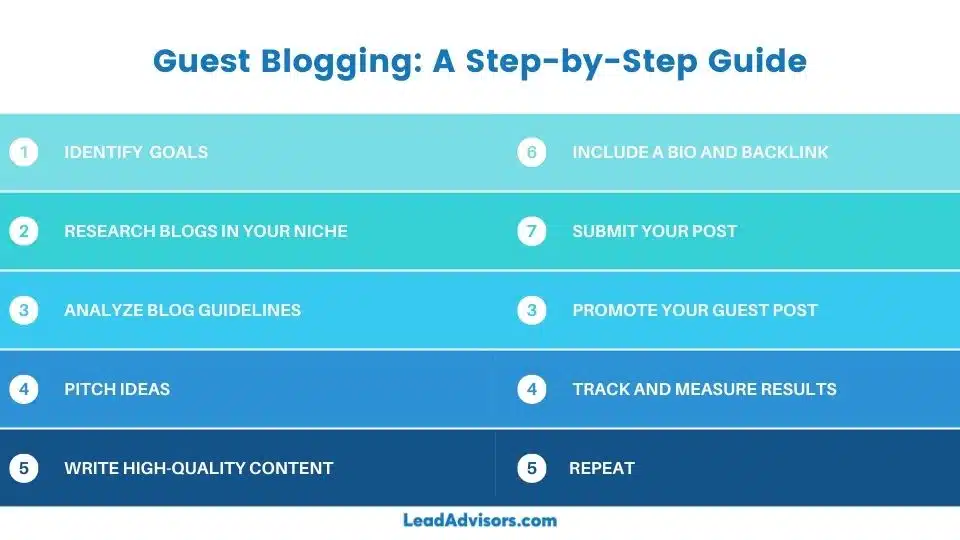Are you the proprietor of an eCommerce enterprise seeking to optimize your website’s potential and increase the rate of conversions? If so, it’s time to dive into the world of content audits.
Additionally, a content audit is a strategic process that enables you to evaluate and optimize your website’s existing content, ensuring it aligns with your goals and engages your target audience effectively. In today’s highly competitive digital landscape, where every click counts, a content and audit tool is not just important—it’s essential.

Moreover, statistics reveal the undeniable impact of content audits on eCommerce success. Based on recent research conducted by the Content Marketing Institute, it was found that a significant majority of successful eCommerce companies, approximately 87%, actively engage in conducting content audits as part of their ongoing efforts to stay ahead of the competition.
Furthermore, 72% of these businesses reported significant conversion rate improvements after implementing the above content audit tools and recommendations. These figures emphasize the direct correlation between successful content audit practices and achieving higher conversion rates.
In this article, we will guide you through a practical 3-step content audit process specifically tailored for eCommerce businesses. You will discover how to effectively optimize your content to increase conversion rates, boost sales, and propel your online business to new heights. So let’s begin and explore how to conduct a content audit that can transform your eCommerce business by boosting traffic, engagement, and conversion rates from social media posts.
Step 1: Analyze the Content

When it comes to optimizing your eCommerce website’s performance, conducting a thorough analysis of your content is a crucial first step. Moreover, by using content quality tools, you can make informed decisions to enhance your blog post’s overall content strategy.
These tools allow you to understand what is working and what isn’t, providing valuable insights. Therefore, this section will explore the importance of content analysis and provide a step-by-step guide on effectively analyzing your content.
Why Analyzing your Content or Content Audit is Essential
By analyzing your content, you can gain valuable insights into your content inventory, including its performance, engagement levels, and impact on user behavior and your target audience. Additionally, conducting a content audit template enables you to identify gaps, areas for improvement, and opportunities for growth for future content creation and quality purposes.
Furthermore, analyzing your content empowers you to make data-driven decisions for your content marketing strategy. This allows you to refine your approach and maximize the effectiveness of your content marketing efforts.
Utilizing Tools for Content Analysis
You can enhance your content audit process by leveraging powerful analytics tools like Google Analytics and Google Search Console. Additionally, these tools offer a wealth of information and data points to conduct a comprehensive content audit data analysis.
Identifying Top-Performing and Underperforming Content
Begin by identifying your top-performing content. In Google Analytics, navigate to the “Behavior” section and select “Site Content” to access detailed data about the performance of your web pages. Additionally, look for key metrics such as page views, average time on the landing page, and bounce rates. This information will help you understand which pages resonate with your audience and drive engagement.
On the other hand, it is crucial to pinpoint underperforming content. By identifying pages with low traffic, high bounce rates, or low conversion rates, you can gain insights into areas that require improvement. Consequently, you can prioritize these pages for enhancement or, if necessary, repurpose the content in a different format to better align with your audience’s preferences.
Addressing Duplicate Content
During a content audit, one common issue that arises is duplicate content. Moreover, duplicate content can have negative consequences for your website. It can harm your website’s visibility on search engines and create confusion among your audience. Therefore, it is crucial to address this issue in order to ensure that search engines properly index your website and provide accurate search results.
To further identify pages with duplicate content issues, you can make use of Google Search Console. Within the console, navigate to the “Coverage” section and carefully review any reported duplicate content errors. Google will specifically highlight the URLs that are affected, which enables you to take the necessary steps to resolve the duplication.
Consider implementing canonical tags or redirecting duplicate URLs to the primary version of the content. By doing so, you can effectively manage and rectify the duplicate content problem.
Step 2: Refresh your Content

In the previous step of the content audit checklist, we discussed the significance of analyzing your content and identifying areas that require improvement. Now, let’s transition to the second crucial step in the content audit process for eCommerce: refreshing your content.
Additionally, refreshing outdated content enhances its relevance to current search queries and ensures it continues to provide value to your target audience. In this section, we will delve into the importance of content refresh. Moreover, we will provide practical tips on effectively updating your existing content for improved performance.
Importance of Refreshing Outdated Content
Keeping Up with Current Search Queries
As the digital landscape constantly evolves, search engine algorithms and user search behavior change as well. Moreover, to maintain your website’s visibility and ranking, keeping your content up to date is essential.
By refreshing outdated content, you align it with current search queries and improve its chances of appearing in relevant search results. Furthermore, this approach helps you capture organic traffic and stay ahead of the competition. In conclusion, staying proactive in updating your content is crucial for maintaining online visibility and attracting valuable traffic.
Enhancing User Experience
Outdated content can lead to a poor user experience. Additionally, visitors may encounter inaccurate information, broken links, or obsolete references.
However, regularly refreshing your content ensures that your audience receives accurate, reliable, and up-to-date information. Moreover, this practice builds trust, encourages repeat visits, and establishes you as a reliable source of valuable content.
Updating Targeted Keywords for Content Audit
Keyword Research
To effectively refresh your content, start by conducting keyword research. Additionally, identify high-value keywords that align with your content’s topic and target audience.
Furthermore, look for keywords with a significant search volume and moderate competition. Tools such as Google Keyword Planner, SEMrush, or Moz Keyword Explorer can assist you in this process.
Analyzing Existing Content
To improve your content marketing strategy, it is essential to evaluate your existing approach. Begin by assessing your current content for opportunities for improvement. Identify sections that may require updates, additional information, or clarification.
Additionally, consider evaluating the readability, relevance, and engagement level of your content marketing strategy. This assessment will help you determine specific areas where enhancements can be made.
Optimizing Meta Descriptions and Headings
To enhance the optimization of your web page, it is crucial to ensure that your meta descriptions and headings are not only aligned with the targeted keywords but also accurately reflect the content and purpose of the page. Moreover, crafting compelling meta descriptions plays a vital role in enticing users to click through your web page from search engine results.
In addition, utilizing relevant keywords in your headings (H1, H2, H3) further contributes to the overall optimization of your content, particularly improving the effectiveness of page title tags.
Tips for Effective Content Refresh
Adding New Information and Examples
To enhance your content, it is essential to incorporate the latest information, statistics, and examples. Additionally, this not only showcases your expertise but also highlights the current and relevant nature of your content. By doing so, you keep your audience engaged while providing them with valuable insights.
Including Internal Links
Internal links are an essential aspect of content optimization. Additionally, they help search engines understand the structure and hierarchy of your website.
When refreshing content, it is important to identify opportunities to include internal links to relevant landing pages or other related content within your site. This not only enhances the user experience but also improves the overall SEO of your website.
Moreover, by strategically incorporating internal links, you can guide visitors to explore more valuable information and increase their engagement on your website.
Optimizing for SEO
When refreshing your blog posts and existing articles and content, it is important to pay attention to on-page SEO elements. Additionally, you should optimize your content such as page titles, meta descriptions, and headings with relevant keywords.
To improve the visibility of your content in search engine rankings, it is crucial to incorporate keywords naturally throughout your content. Moreover, optimizing your images by providing descriptive alt tags and reducing file sizes can enhance page load speed.
Step 3: Optimize your Content

Optimizing your content is a crucial step in the website content audit process. It helps improve your search engine rankings and enhances your website’s overall user experience.
By strategically optimizing your content, you can attract organic traffic, engage your audience, and increase conversion rates. In this section, we will explore the importance of content optimization and provide valuable tips to optimize your content effectively.
Importance of Content Optimization
Optimizing your content serves two main purposes: improving search engine visibility and enhancing user experience. When you follow your SEO or content audit tool and checklist, expect that search engines can better understand its relevance and rank it higher in search results.
This, in turn, drives more organic traffic to your website. Additionally, optimized content provides a seamless user experience by delivering valuable information in a structured and easily digestible manner.
Readability and Formatting
One crucial aspect of content optimization is ensuring readability and proper formatting. Internet users have short attention spans, so it’s essential to present your content in a way that is visually appealing and easy to skim. Here are some tips to enhance readability:
- Use clear and concise sentences: Keep your sentences short and to the point. Avoid complex sentence structures that may confuse readers.
- Break up your content with headings: Utilize headings (H2, H3, etc.) to organize your content into logical sections. This makes it easier for readers to navigate and signals the structure and hierarchy of your content to search engines.
- Incorporate bullet points and numbered lists: Bullet points and numbered lists help break down complex information into bite-sized, scannable chunks. They make your content more accessible and engaging.
Inclusion of Relevant Keywords
Keywords play a vital role in content optimization. They are the words and phrases that users enter into search engines when looking for information. Including relevant keywords in your content increases its chances of appearing in search results. Here are some tips for incorporating keywords effectively:
- Conduct keyword research: Use tools like Google Keyword Planner or SEMrush to identify relevant keywords related to your content. Look for keywords with high search volumes and low competition.
- Sprinkle keywords naturally throughout your content: Incorporate your target keywords organically within your content. Avoid keyword stuffing, as it can lead to a poor user experience and potential penalties from search engines.
- Optimize meta tags and image alt text: Optimize your meta title, meta description, and image alt text with relevant keywords. These elements provide additional context to search engines and improve the visibility of your content.
Mention of “Content Optimization” and Tips for Higher Conversion Rates
Remember the importance of content optimization for higher conversion rates throughout the content optimization process. Ensuring your content is well-optimized creates a seamless user experience that encourages visitors to act. Here are some tips to optimize your content for better conversion rates:
- Include clear and compelling calls-to-action (CTAs): Strategically place CTAs within your content to guide users toward the desired actions, such as making a purchase, subscribing to a newsletter, or filling out a contact form.
- Use persuasive language and benefit-driven messaging: Highlight your products or services’ unique selling points and benefits. Clearly communicate how your offerings can address your target audience’s needs and pain points.
- Test and analyze your content: Continuously monitor the performance of your optimized content using tools like Google Analytics. Track important metrics such as bounce rates, time on page, and conversion rates. Analyze the data and make data-driven decisions to further optimize your content for better results.
Final Thoughts
Conducting a content audit for eCommerce businesses is of paramount importance. You can reap numerous benefits by doing a content audit spreadsheet
- Analyzing
- Refreshing
- Optimizing your content.
Through a content audit, you gain a deeper understanding of your content landscape and make informed decisions for improvement. Addressing issues like duplicate content enhances search engine visibility and website performance.
Refreshing outdated content with up-to-date information and engaging visuals improves user experience. Optimizing content for search engines and user experience increases visibility, organic traffic, and conversion rates.
Therefore, conducting a content audit for content assets on your eCommerce site is highly recommended to unlock its full potential, attract more organic traffic, and achieve higher conversion rates.
Take action today and conduct perform a content audit to embark on a journey toward content excellence. Don’t miss out on optimizing your eCommerce business. Visit LeadAdvisors for more information.













